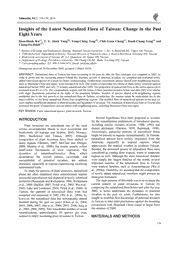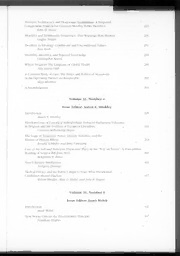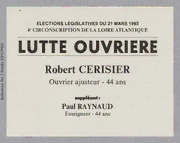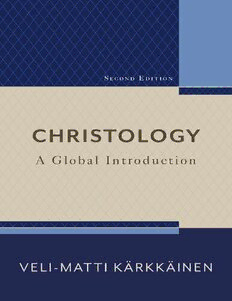
Preview Christology: A Global Introduction
© 2003, 2016 by Veli-Matti Kärkkäinen Published by Baker Academic a division of Baker Publishing Group P.O. Box 6287, Grand Rapids, MI 49516-6287 www.bakeracademic.com Ebook edition created 2016 All rights reserved. No part of this publication may be reproduced, stored in a retrieval system, or transmitted in any form or by any means—for example, electronic, photocopy, recording—without the prior written permission of the publisher. The only exception is brief quotations in printed reviews. Library of Congress Cataloging-in-Publication Data is on file at the Library of Congress, Washington, DC. ISBN 978-1-4934-0363-9 Unless otherwise indicated, Scripture quotations are from the Holy Bible, New International Version®. NIV®. Copyright © 1973, 1978, 1984, 2011 by Biblica, Inc.™ Used by permission of Zondervan. All rights reserved worldwide. www.zondervan.com Scripture quotations labeled NRSV are from the New Revised Standard Version of the Bible, copyright © 1989, by the Division of Christian Education of the National Council of the Churches of Christ in the United States of America. Used by permission. All rights reserved. Scripture quotations labeled RSV are from the Revised Standard Version of the Bible, copyright 1952 [2nd edition, 1971] by the Division of Christian Education of the National Council of the Churches of Christ in the United States of America. Used by permission. All rights reserved. Contents Cover i Title Page iii Copyright Page iv Acknowledgments vii Abbreviations ix Introduction: What Is Christology? Why Does It Matter? 1 Part 1: Christ in Biblical Testimonies: Diversity in Unity 11 1. The Gospel Silhouettes of Jesus 13 2. Pauline Interpretations of Christ 29 Part 2: Christ in Christian Tradition: Unity in Diversity 39 3. The Patristic and Creedal Establishment of “Orthodoxy” 41 4. Modern Christologies: The Quests of (the Historical) Jesus 73 Part 3: Christ in the Contemporary World: Diversity and Unity 93 5. European-American Christologies 95 6. Christologies from the Global South 143 7. “Contextual” Christologies in the Global North 175 Part 4: Jesus Christ among Religions: Diversity without Unity 201 8. Jesus among Abrahamic Traditions 203 9. Jesus among Asian Traditions 219 Epilogue: The Future of Christology 227 Subject Index 231 Scripture Index 239 Back Cover 242 Acknowledgments For some time I had felt a need to revise this textbook, written more than a decade ago. My initial plan was to correct some inaccuracies and poor formulations as well as update the references and make documentation more detailed. However, having started planning for the work, it became clear to me that a thorough revision and to some extent rewriting would be necessary and useful because of the flood of scholarly literature in relevant fields of biblical, historical, and doctrinal studies. Furthermore, my recent major monograph on Christology, Christ and Reconciliation: A Constructive Christian Theology for the Pluralistic World (Eerdmans, 2013), gave me an opportunity to deepen my understanding and clarify some issues in this rapidly developing field. At the same time, continuing to teach theology students not only in the United States (Fuller Theological Seminary, Pasadena, CA) and Europe (University of Helsinki, Finland) but also in various locations in the Global South further helped me think about how to best communicate these lessons to students and other interested readers. In addition to having revised the whole text, including taking stock of recent literature and adding a plethora of references, I have also added whole new sections: part 4 focuses on perceptions and interpretations of Jesus Christ among four living faith traditions (Jewish, Muslim, Hindu, and Buddhist). All-new discussions on postcolonial Christologies and queer Christologies have been added to part 3. Furthermore, throughout the text I have used insights and contributions from recent research. As it now stands, the text provides a concise introduction to biblical and historical developments in Christology as well as a wide survey of contemporary global diversity in both the Global North and South (and, as mentioned, among some living faith traditions). It seems to me that no other christological textbook attempts such a wide reach. I am deeply grateful to Robert Hosack at Baker Academic, who helped me gain this opportunity for revision. Throughout the final editorial process, Baker Academic editor Eric Salo’s attention to details and need for clarity helped make the text more precise and user- friendly. My Korean doctoral student, Jongeock Shin, checked all the bibliographic references. Susan Carlson Wood, the technical editor and writer at Fuller, who also edited the original version of the manuscript, again helped transform my writing into proper American English. The index was prepared by Viktor Toth. As always I am grateful to my wife of over three decades, Anne-Päivi, who always supports my writing tasks and helps make life so much easier and happier. Abbreviations ANF The Ante Nicene Fathers. Edited by Alexander Roberts and James Donaldson. 1885–1887. 10 vols. Repr., Peabody, MA: Hendrickson, 1994. COQG Christian Origins and the Question of God series DJG (1992) Dictionary of Jesus and the Gospels. Edited by Joel B. Green, Scot McKnight, and I. Howard Marshall. Downers Grove, IL: InterVarsity, 1992. DJG (2013) Dictionary of Jesus and the Gospels. Edited by Joel B. Green, Jeannine Brown, and Nicholas Perrin. 2nd ed. Downers Grove, IL: InterVarsity, 2013. DPL Dictionary of Paul and His Letters. Edited by Gerald F. Hawthorne, Ralph P. Martin, and Daniel G. Reid. Downers Grove, IL: InterVarsity, 1993. ET English translation NPNF2 Nicene and Post-Nicene Fathers. Series 2. Edited by Philip Schaff and Henry Wace. 1886–90. Repr., Peabody, MA: Hendrickson, 1996. Introduction What Is Christology? Why Does It Matter? Jesus’s question to his first disciples—“Who do you say I am?”—is addressed also to us. Just as his early followers tried to answer this question in the context of their times, we today must try to give as adequate an answer as possible in the context of our times. “In every generation Christian theology is faced with the task of articulating the intuitions of the biblical tradition about the significance of Jesus Christ in a way that engages its own cultural context.”1 How should we speak of Jesus at the beginning of the third millennium? Different and diverse interpretations of Christ coming from theologians from all continents and Christian traditions reveal the continuing task of Christology: to interpret the significance and meaning of Jesus Christ for our own times in light of biblical and historical developments. Beginning in the biblical period and traveling through two thousand years of winding theological roads, Christian theology has tried to make sense of the person and work of Jesus Christ. Every generation of theologians and Christians has responded to Christ’s person and influence in the context in which it has found itself. The person of Jesus Christ stands at the center of Christian faith and theology. For this reason, the study of Christology needs no particular justification per se: “While no theology can confine itself exclusively to Christology, no Christian theology would be complete without serious reflection on Jesus Christ.”2 Jesus’s brief life on earth, his death on the cross, and his disciples’ claims regarding the resurrection and ascension lay the historical and religious foundations for Christianity. “Over the years Christology has been a perennial object of fascination, for it is the keystone of theology for serious Christians.”3 The Spectrum of Christologies From the beginning of Christianity there arose a variety of interpretations of who Christ is. At no time was one picture of Jesus dominant. In fact, the New Testament itself contains several complementary interpretations of Jesus Christ. The existence of four Gospels provides an everlasting reminder of the plurality of the Christian canon. Moreover, the pictures painted by Paul and other New Testament writers should be added to the distinctive testimonies of the evangelists of the New Testament. The New Testament, therefore, contains a myriad of pictures, silhouettes, and appropriations of Jesus Christ. What binds them together is the common core, a conviction that something crucial happened in the person of this One who is confessed as the Lord and Savior by all Christians of all times. Along with the establishment of the biblical canon in the fourth century, Christian theology, in the form of the classical creeds, attempted to formulate a definitive understanding of Christ in light of the existing philosophical, cultural, and religious milieu. Much was achieved by the exact formulations concerning Christ’s divinity and humanity, but even more was left open. Basically, what the early creeds said was in the negative. In other words, they combated views regarded as heretical. During the subsequent centuries up until our own time, theology has taken its point of departure from these early formulations and has refined them. Still, the work continues. The blossoming of christological study and reflection beginning at the turn of the twentieth century and culminating in the emergence of so-called contextual or intercultural Christologies in the 1960s and since has produced a fascinating rainbow of christological interpretations. Indeed, one of the most exciting features in contemporary theology is the rise of contextual and/or intercultural Christologies that attempt to speak to specific local needs (for example, in Africa or Asia) or needs of specific groups of people (such as women or the poor).4 Some Christologies are also linked with specific philosophical or worldview movements, such as process philosophy. The most recent challenge to—as well as opportunity for—Christian interpretation of Christ is to compare it with other faith traditions. As is well known, Islam regards Jesus highly and has developed its own “Christology.” Other living faith traditions have also commented on Jesus’s meaning. What is Christology more specifically? How is it done? Is there a particular method to it? Let us clarify first those orientational questions by looking briefly at two interrelated sets of questions: Is there a distinction between the “person” (identity) and “work” of Jesus Christ? And if so, what might be the relationship? Furthermore, should we begin the inquiry into who Jesus is from the known theological proclamation on the basis of biblical study, or is there a way to investigate based on the historical background and claims? How do these two avenues (routinely called Christology “from above” and “from below”) relate to each other? The Person and Work of Christ Belong Together In works of Christology written before the twentieth century, there was often a sharp distinction between “the person of Christ” (Christology proper) and “the work of Christ” (soteriology, the doctrine of salvation). Nowadays the distinction is less clear, and there are both philosophical and practical reasons for a less sharp division (though a clear distinction is helpful for educational purposes). Just consider one early Eastern church father, Athanasius, who argued that Christ had to be both human and divine in order to be our Redeemer: divine in order to save and human in order to identify with us. His insight into the full divinity and humanity did not grow out of sustained abstract philosophical reflection but out of Jesus’s role as Savior. Usually it is the salvation and healing brought about by Christ that leads a person to ask about the person of Christ. When Jesus of Nazareth healed a crippled man in John 5, the man did not know who the healer was. He had to go seeking after Jesus at the temple in order to find out who the man was who had cured him. This is what Philipp Melanchthon, a colleague of Martin Luther in the Protestant Reformation, meant with his oft-cited saying: “To know Christ means to know his benefits.”5 That is, apart from soteriology, the doctrine of salvation, there is no access to the person of Christ. That is the approach of the Bible. The New Testament nowhere enters into a sophisticated philosophical discussion about Christ’s person but rather focuses on the salvation brought about by Christ. Famous philosopher of the eighteenth century Immanuel Kant, who inquired into the conditions of our knowledge, maintained that in general we cannot know things directly but only insofar as we can perceive their impact. The identity of Jesus, therefore, is known through his impact on us. In the same spirit, Albrecht Ritschl, one of the founders of classical liberalism, argued that it is improper to separate Christology and soteriology because the only way to receive knowledge of something is to observe its effects on us. These foundational perspectives concerning the integral link between the person and the work of Christ have led theologians to a growing realization of the connection between “functional” (what Christ has done for us) and “ontological” (who Christ is in his person) Christologies. Yet at the same time, works of Christology tend to focus on one or the other, and this book is no exception. The focus here is on the person of Christ, and therefore soteriological questions will be addressed only insofar as they are intertwined with that inquiry. But should we speak of “Jesusology” rather than “Christology”? After all, Jesus is the first name of the divine-human person. This question takes us to the most foundational methodological question in Christology. Christology “From Below” and “From Above” There are two options, in principle, for inquiry into the person and work of Christ. Conveniently, these have been labeled “from above” and “from below.” Christology from above begins with the confession of faith in the deity of Christ as expressed in the New Testament. Christology from below begins with an inquiry into the historical Jesus and the historical basis for belief in Christ. In other words, the approach from above takes the theological interpretation of Jesus Christ as found in the New Testament as its point of departure for determining the meaning of Christ for our own times. Theologians who use the approach from below go behind the theological interpretation of the evangelists, Paul, and other New Testament writers and attempt to ascertain for themselves the historical and factual foundation of christological claims. It is important to note that this is not a distinction between “conservative” and “liberal” but one of method. (Although most conservatives work from above, many notable theologians in the from above category are liberal. Other theologians advocate a from below method but still hold to a “high” view of Christ as truly divine.)6 Understandably, from above was the dominant orientation of the earliest centuries. There was no question about the historical reliability of the Gospel records. The development of christological tradition before the time of the Enlightenment was simply an interpretation of the New Testament confession of faith in Christ and an attempt to express it in precise philosophical and theological terms. The from above method also had its proponents in the twentieth century, though their motivation was vastly different from the pre-Enlightenment orientation. Theologians associated with neo-orthodoxy (a movement examined in part 3), such as Emil Brunner and Karl Barth, and those with existentialist leanings, such as Rudolf Bultmann, argued that the basis for understanding Christ is not the historical Jesus but the kerygma (Greek, “preaching,” “proclamation”), the church’s proclamation of Christ. In other words, these modern from above advocates did not necessarily believe in the content of the New Testament and the early church’s confession of faith, but neither did they see a reason to check its historical reliability (or, as with Barth, they considered checking its historical reliability harmful in some way). In some real sense, that approach is fideistic (from the Greek term for “belief”—in other words, valuing faith over reason). Whatever one believes about the earthly, historical Jesus is secondary to one’s own existential view of Christ.7 The main orientation of Christology since the time of the Enlightenment, however, has been from below. This is understandable given the intellectual developments associated with the Enlightenment, particularly the centrality of critical reasoning and the individual’s freedom to make judgments (part 2 discusses in detail the implications of the Enlightenment for
The list of books you might like

The Silent Patient

The 5 Second Rule: Transform your Life, Work, and Confidence with Everyday Courage

Credence

The Strength In Our Scars

Der langste Tag. Normandie 6. Juni 1944

ERIC EJ1069138: Taking a Closer Look at Reading Online

Slaves of Socorro

Lie coalgebras and rational homotopy theory, I: Graph coalgebras

Theory of Silk Weaving
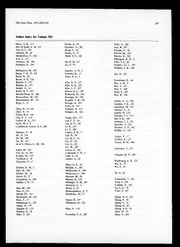
Thin Solid Films 1993: Vol 229 Index
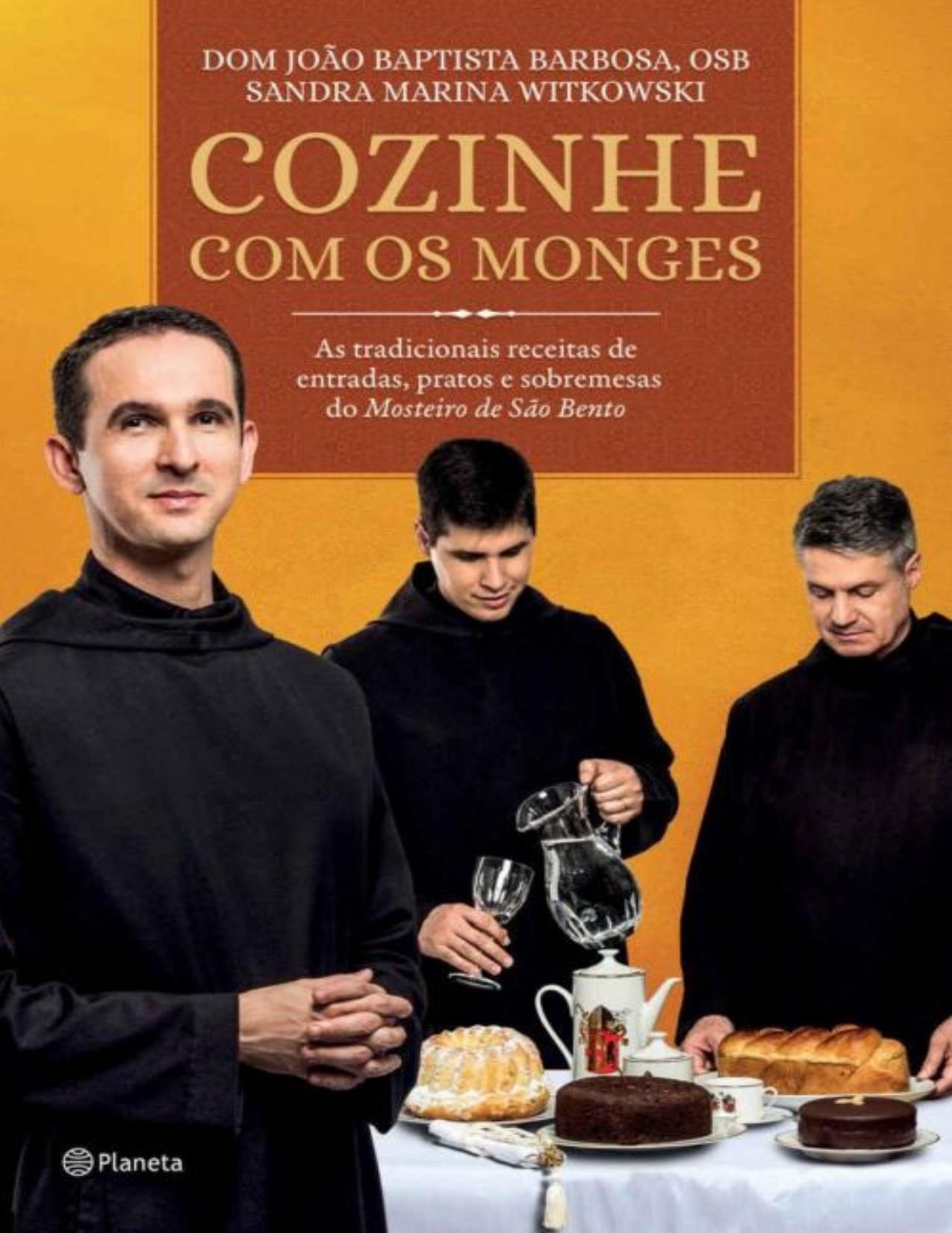
Cozinhe com os monges

Aberrant wing venation in the green lacewing Apochrysa lutea (Walker) (Neuroptera: Chrysopidae: Apochrysinae)

General Subjects 1993: Vol 1158 Index

Chandamama 2006 2 Www. Rips Tracker.com

Best easy day hikes, Austin

Nonequilibrium and Nonlinear Dynamics in Geomaterials I : The Low Strain Regime

Application of van der Waals Density Functional to an Extended System: Adsorption of Benzene and Naphthalene on Graphite

Laser Doppler and phase Doppler measurement techniques

Empresariado étnico en España
